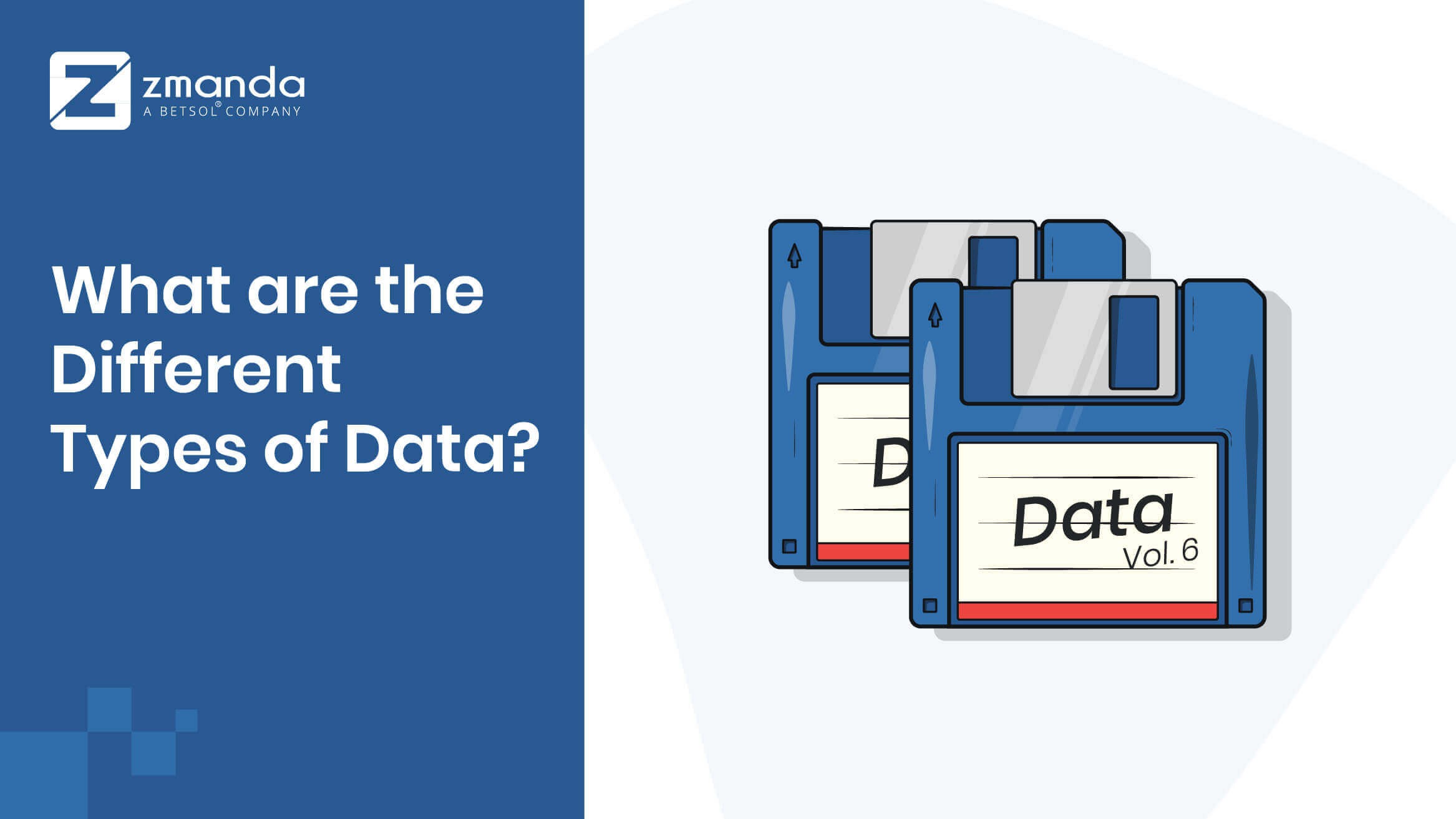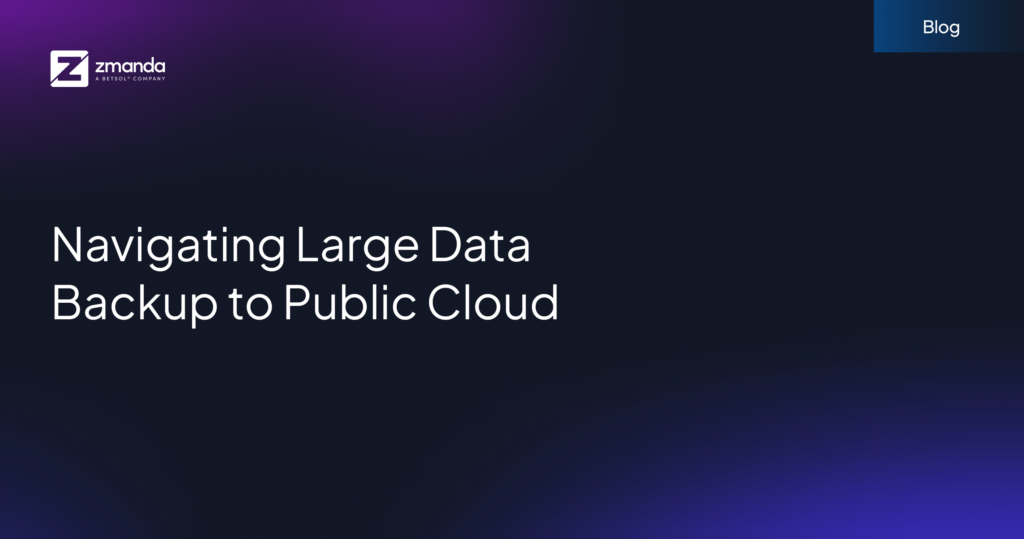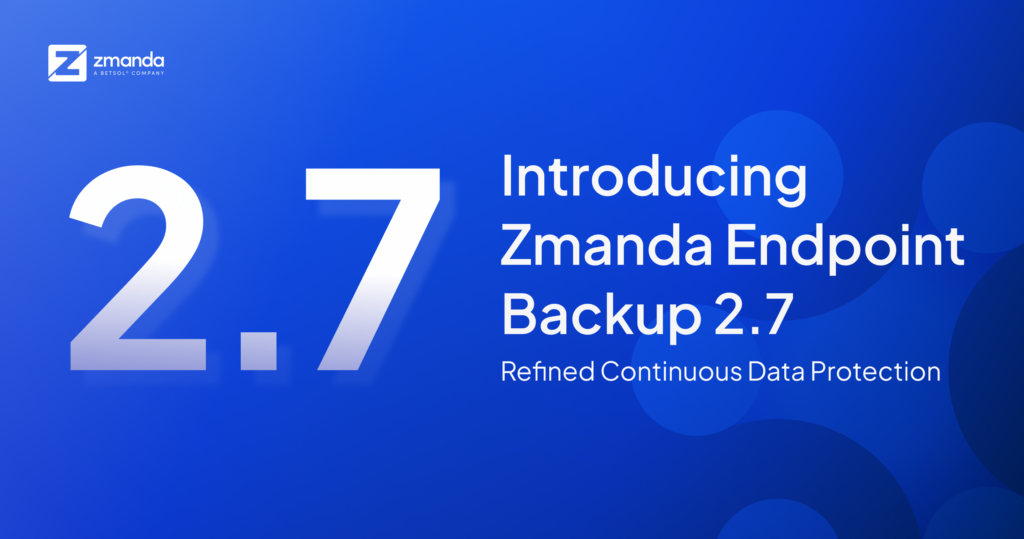
What are the types of data you are familiar with or use in your business? Before you start to roll out your data management initiatives, be it Big Data Analytics, Master Data Management, Enterprise Data Warehouse, etc., you need to start by understanding the fundamental ingredient: the data.
Thoroughly understanding the different types of data and their characteristics will help you in the right way how to treat each of them.
According to The 2018 Data Value Report by SnapLogic, by using data more effectively in their organizations, enterprises expect to increase annual revenue by an average of $5.2 million. However, most businesses don’t always realize data’s potential or know how to utilize it properly for data-driven decisions: On average, organizations are using only half (51%) of the data they collect or generate, and data drives less than half (48%) of decisions.
Let’s get started with what are the types of data:
1. Transactional Data
Transactional data is the information that an agreement, exchange, or transfer that occurs between organizations or individuals. It is considered to be a special category of data as transactions have legal and commercial significance.
Examples of transactional data:
- Invoices: A bill of services or products.
- Trades: A trade that occurs in the market, eg. Stock market.
- Purchases: Customer purchases
- Returns: A record comprising of customer returned items and accepted by the seller.
- Payments: A payment towards debt or purchase.
- Credits: Fund added to an account, for example, an e-commerce site refunding the amount of a returned item.
- Debits: Funds removed fro an account, for instance, a bank customer withdraws money from his/ her account.
The list goes on with payroll, asset sales, interest, contracts, etc.
2. Master Data
Information that an organization can agree upon is known as master data. Often organizations have, unlike information sources that may duplicate similar data with little agreement on standard definitions. Master data represents an opportunity to govern and manage data as a single source of reference.
Examples of Metadata:
- Product data: A catalog with product specifications and information.
- Transactions: Purchases and stock trades
- Tickets: To track problems and customer interactions.
- Analytical Data: Data that supports decision making.
3. Customer Data
All the information associated with a customer is known as customer data. Customer data is information that is essential for the core business processes and decision-making tools.
Examples of customer data:
- Customer Record: The record comprises the name of the customer and customer id.
- Accounts: A customer having various accounts, such as departments that make separate purchases.
- Contacts: Corporate customers ought to have several contacts that include various levels and functions within the customer organization, such as engineering staff or purchasing managers.
- Services: List of current services that the customer is using, such as configurations.
Customer service tickets, feedback, locations, payment methods, offers, and quotes are a few more examples.
4. Machine Data
Data generated by machines without any human involvement is known as machine data. It is one of the important categories as machines create far more data when compared to humans.
Examples of machine data:
- Calculations: Data calculated from the other data. E.g., based on the market data, an algorithm calculates the risk estimate for an investment.
- Sensors: Devices that detect physical phenomena such as sound and light and turn into streams of data.
- Predictions: Artificial intelligence and algorithms that attempt to predict the future.
- Automation: Automated tasks that create data like controls, events, or commands.
5. Reference Data
Data used to structure and constrain other data is known as reference data. It is stable information with a known set of values that rarely change.
Examples of reference data:
- Science: List of known stars
- Geographical Locations: List of valid states for a country.
- Computing: List of standard computing values like HTTP status codes.
- Markets: List of currently valid stock tickers for a market.
6. Quantitative Data
Any data in numeric form is known as quantitative data. This data is often compared with qualitative data that includes information expressed in a natural language like English.
Examples of quantitative data:
- Measurements: Measurement of something physical like a food safety inspection that measures the temperature of food stored in a restaurant refrigerator.
- Quantification: Converting qualitative human judgments into numbers such as asking customers to rate their satisfaction level.
- Calculations: Calculating gross margin based on the monthly sales figure.
- Counts: Counting things.
Types of Data Wrap-Up!
The relentless stream of data that surrounds us today undeniably can transform the way that we do business. As we have access to unprecedented amounts of information about our competitors, clients, and prospects, we can steer our business forward in ways that we always dreamt about just a few years ago.
As Tim Berners-Lee rightly said, “Data is a precious thing and will last longer than the systems themselves.”
Now that you have an idea of what types of data there are, have you thought about how you want to back it up? Check out Rutgers Case Study: How the University Saved Tens of Thousands of Dollars with Zmanda Backup and Recovery.


